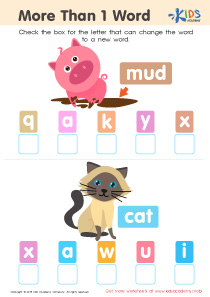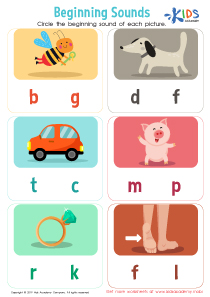Consonants Worksheets for Ages 3-9
34 filtered results
-
From - To
Discover our engaging and educational Consonants Worksheets designed specifically for children ages 3 to 9! These worksheets are a fun and effective way to help young learners master consonant sounds, improve their reading skills, and enhance their phonetic awareness. Featuring colorful illustrations and interactive activities, children will enjoy practicing identifying, writing, and using consonants in various contexts. Our resources cater to different learning styles, making it easy for parents and educators to support their child's literacy development. Explore our collection to find stimulating worksheets that will inspire confidence and a lifelong love for learning in your little ones!
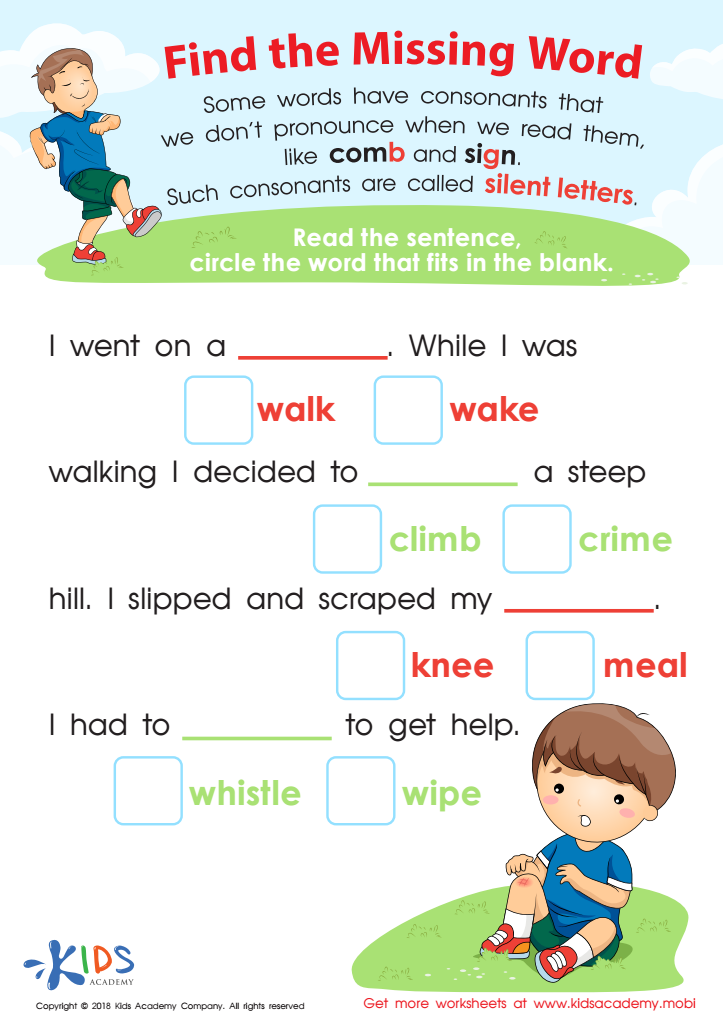

Find The Missing Word Worksheet
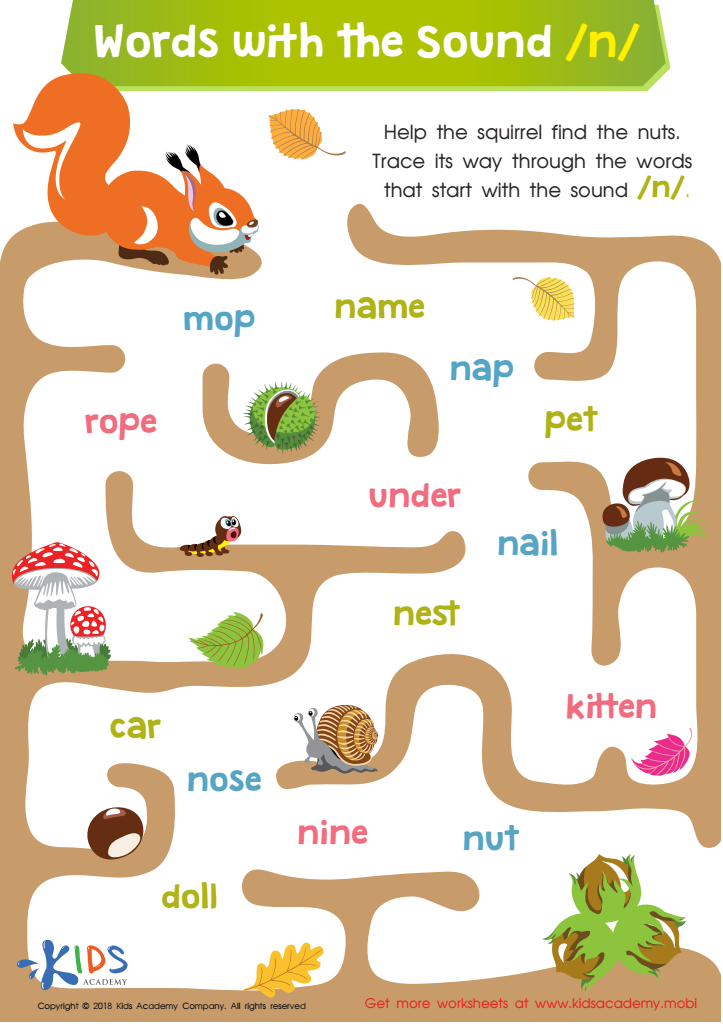

Words with Sound N Reading Worksheet
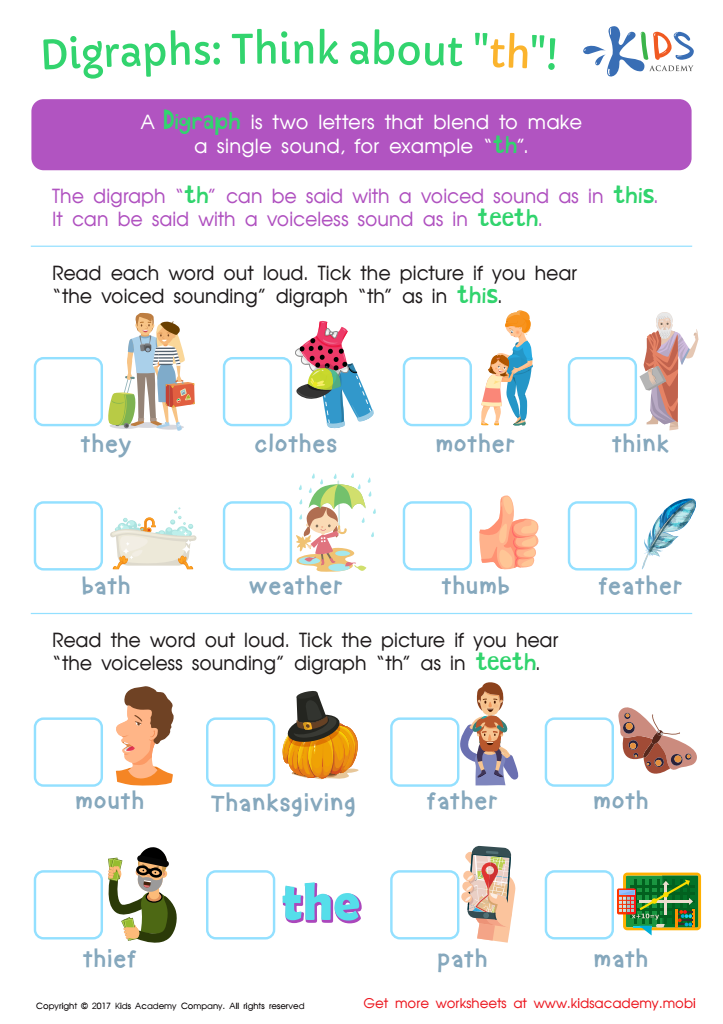

Digraphs: Think About "th" Worksheet


Blending Consonants: "Fl", "Bl" and "Gl" Printable
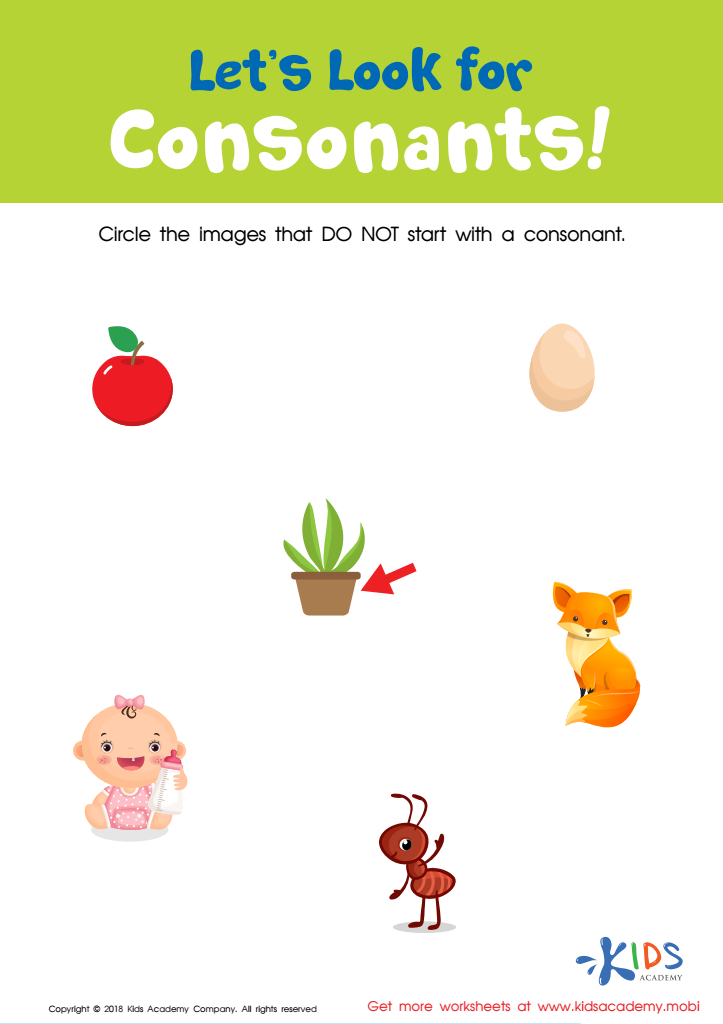

Let's Look for Consonants Worksheet
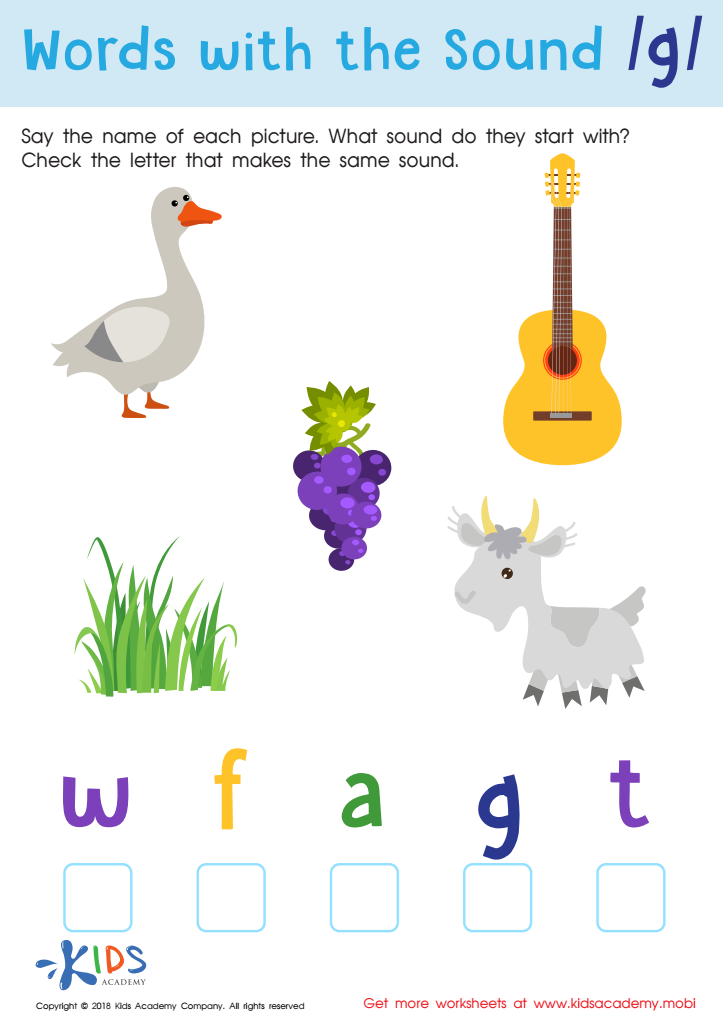

Words with sound g Reading Worksheet
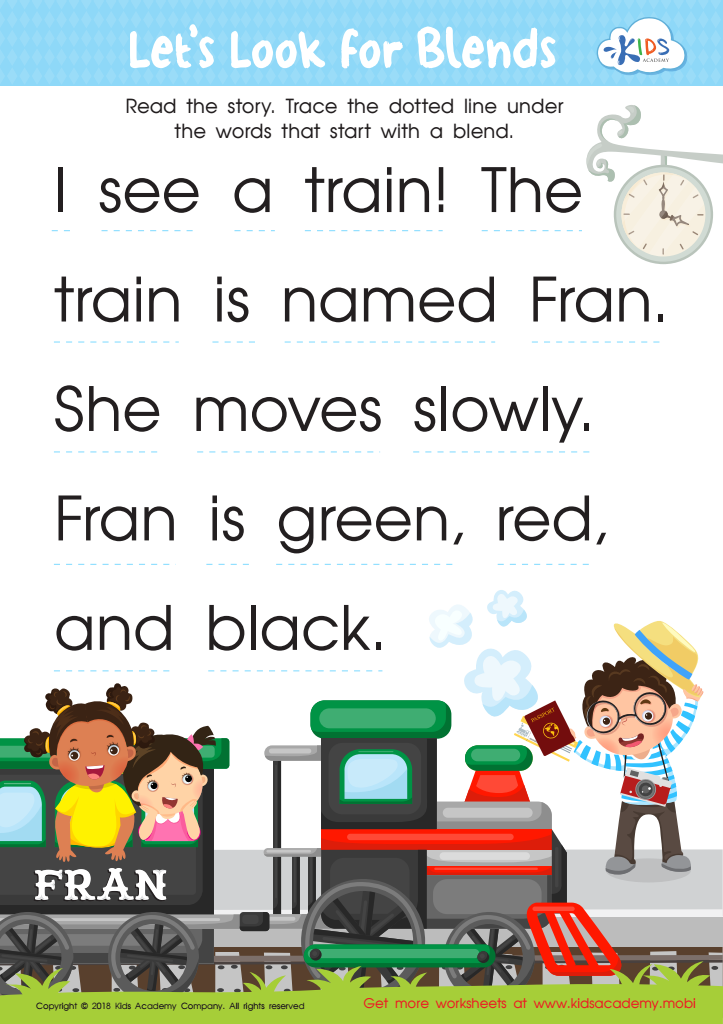

Let's Look for Blends Worksheet
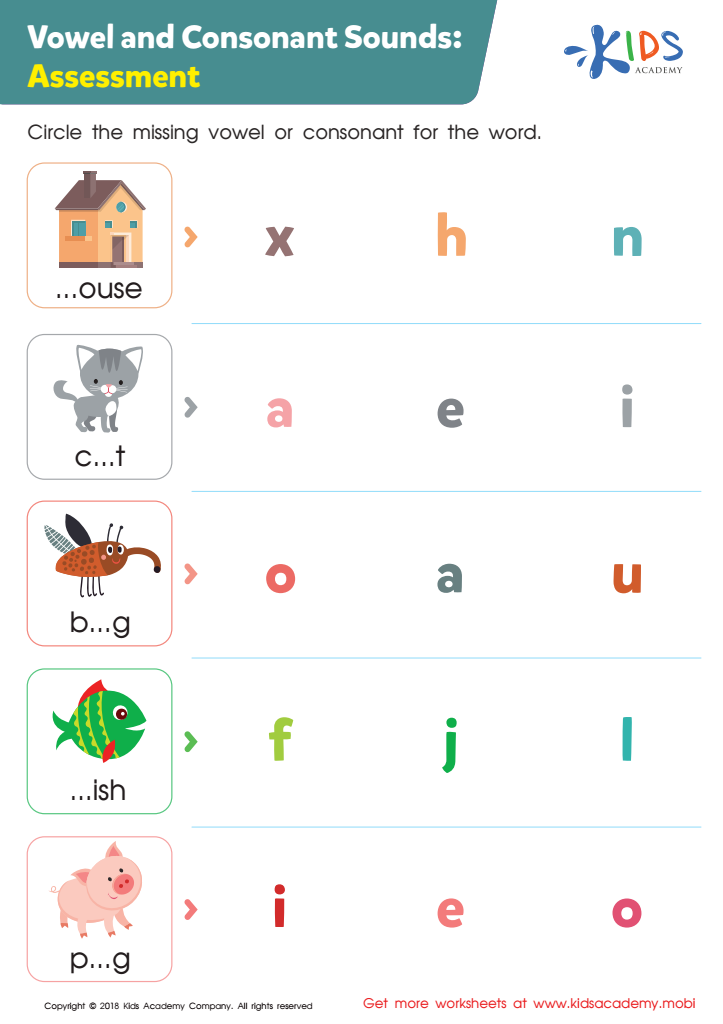

Vowel and Consonant Sounds: Assessment Worksheet
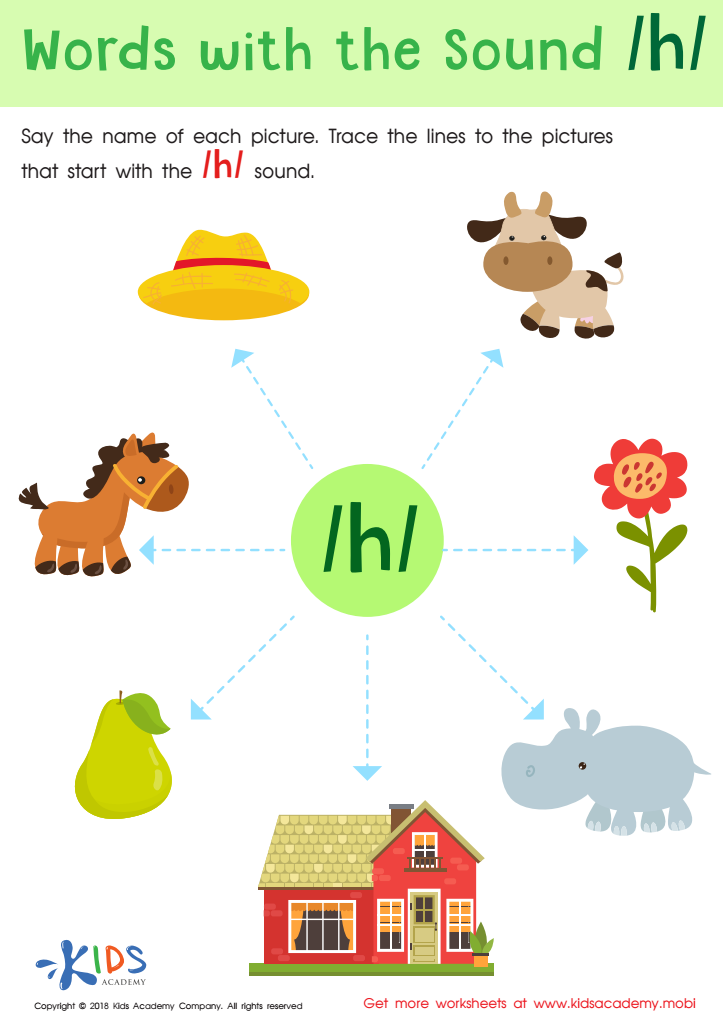

Words with sound h Reading Worksheet
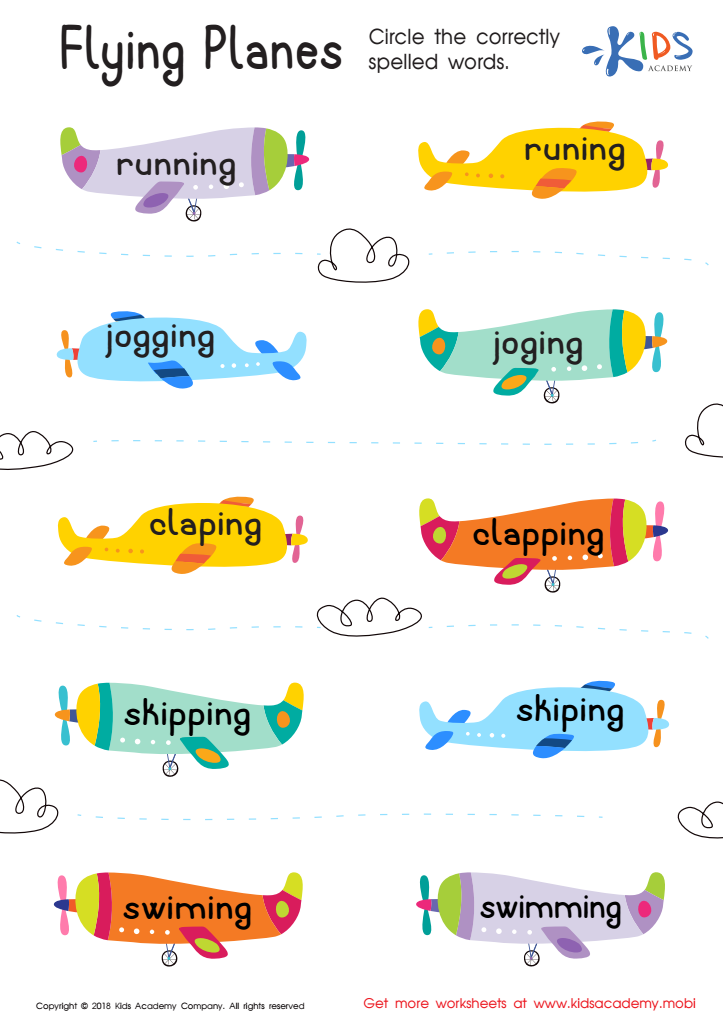

Flying Planes Worksheet


Shhh... What Digraph? Worksheet
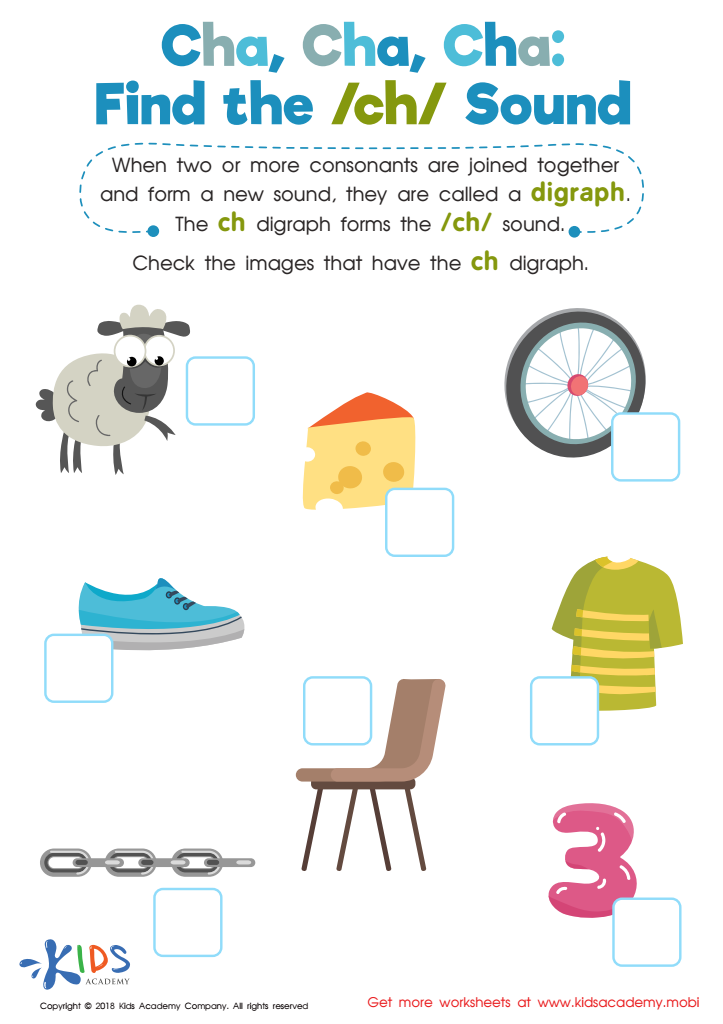

Cha, Cha, Cha: Find the /Ch/ Sound Worksheet
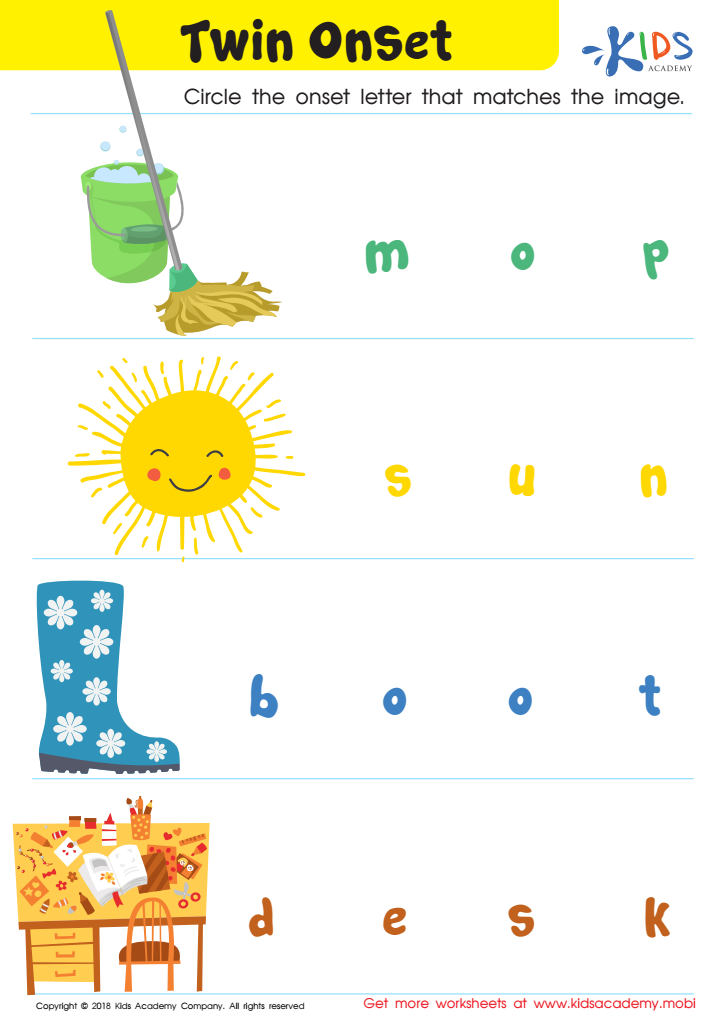

Twin Onset Worksheet
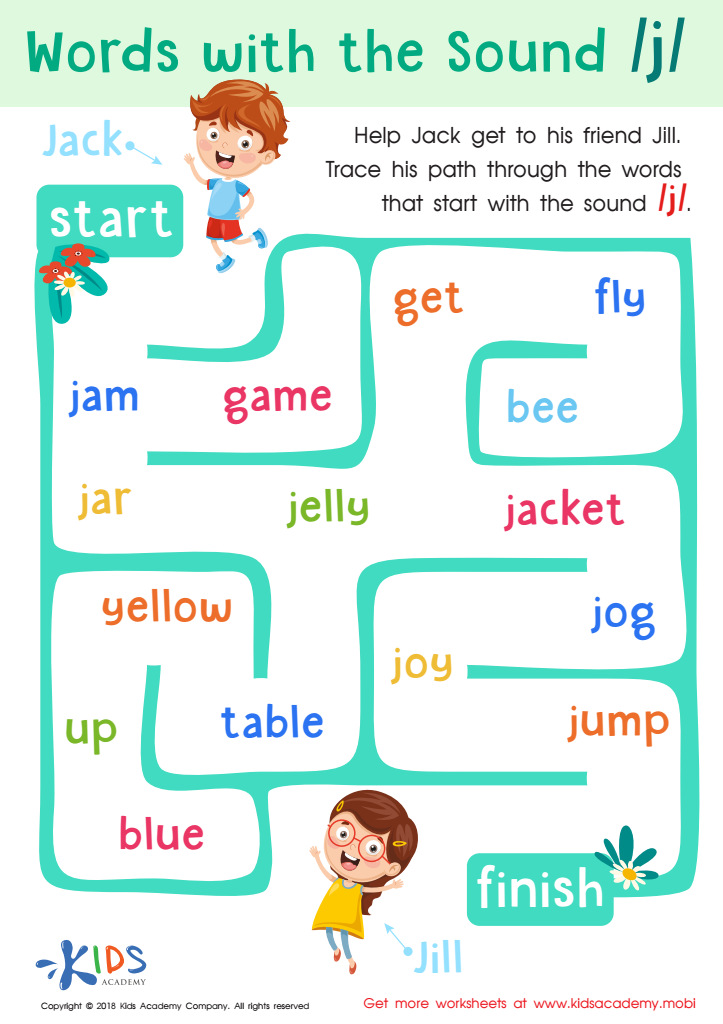

Words with sound j Reading Worksheet
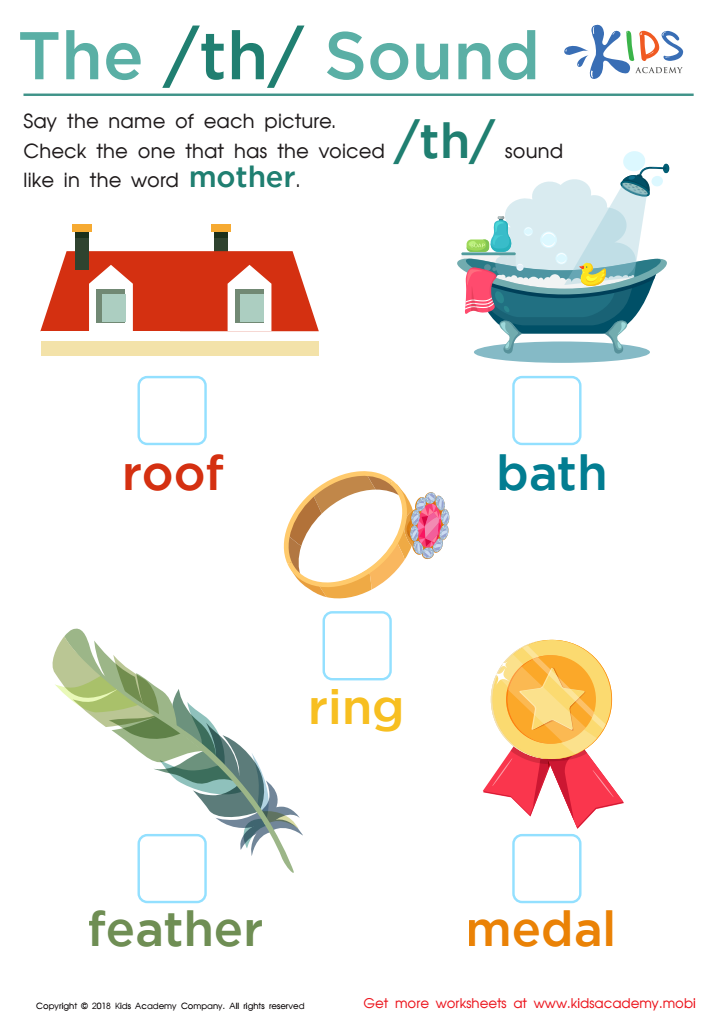

The /th/ Sound Worksheet
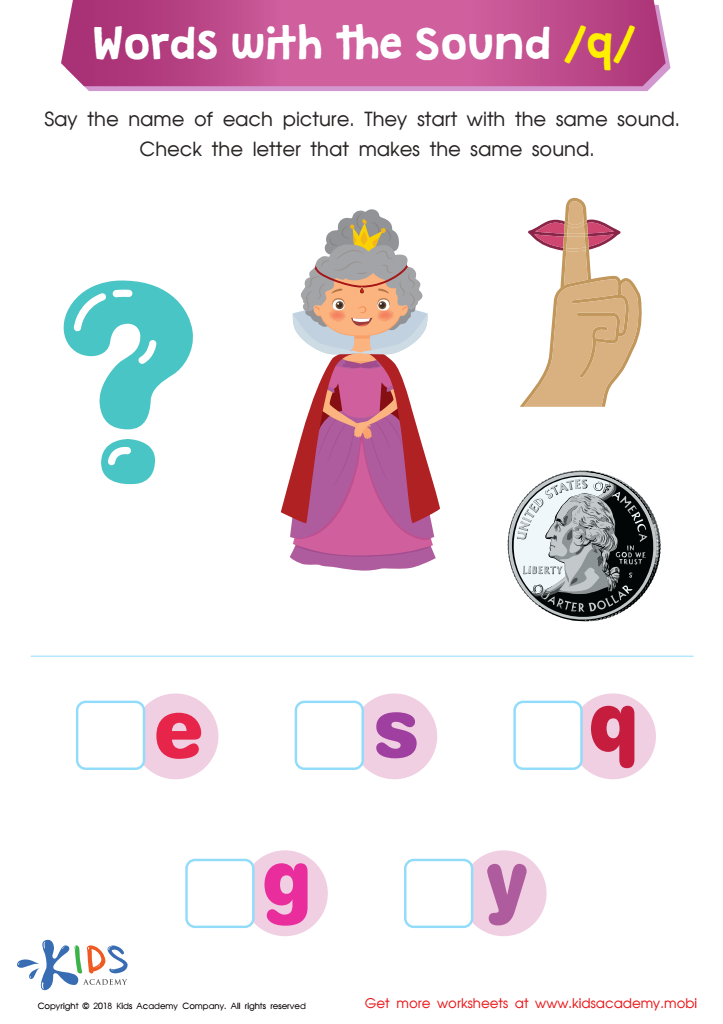

Words with Sound Q Reading Worksheet
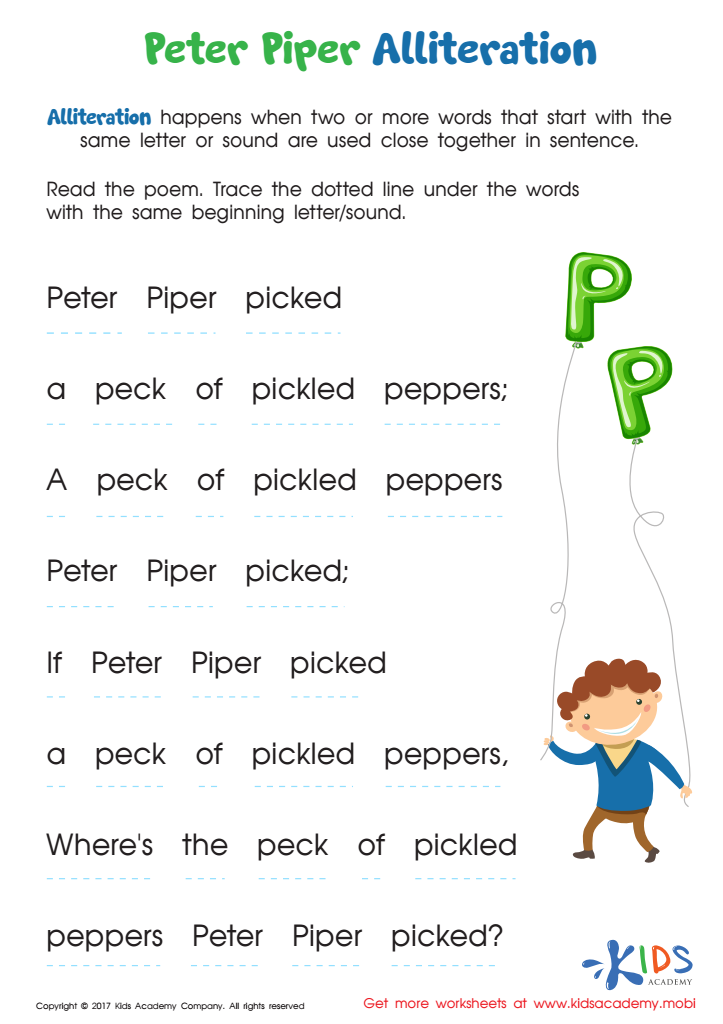

Peter Piper Alliteration Worksheet
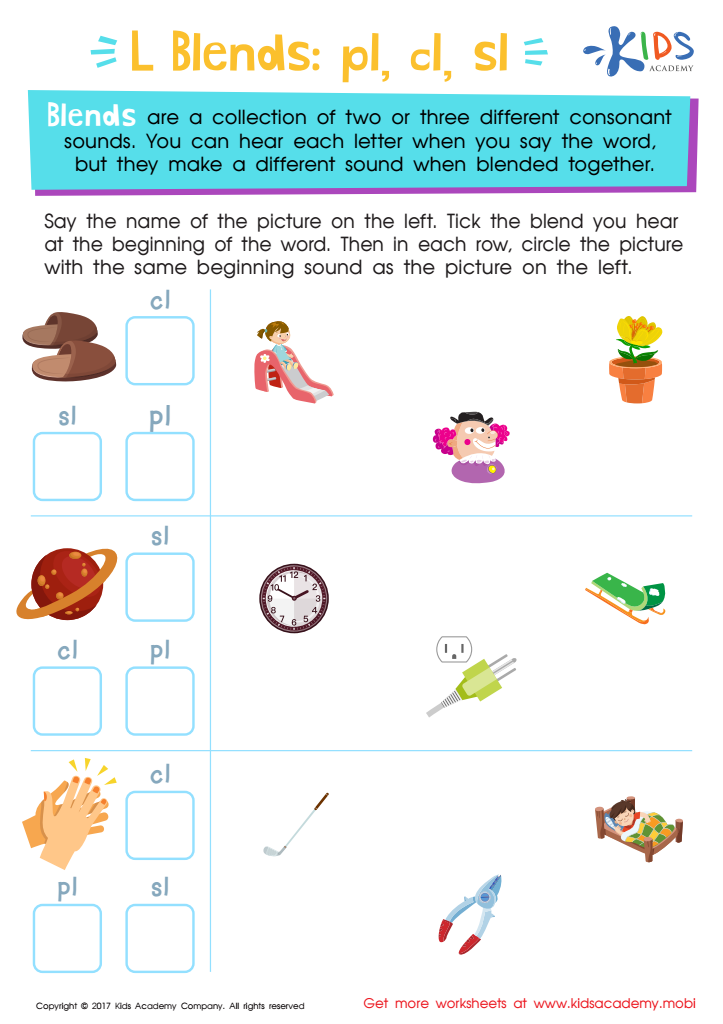

L Blends: "Pl", "Cl" and "Sl" Printable
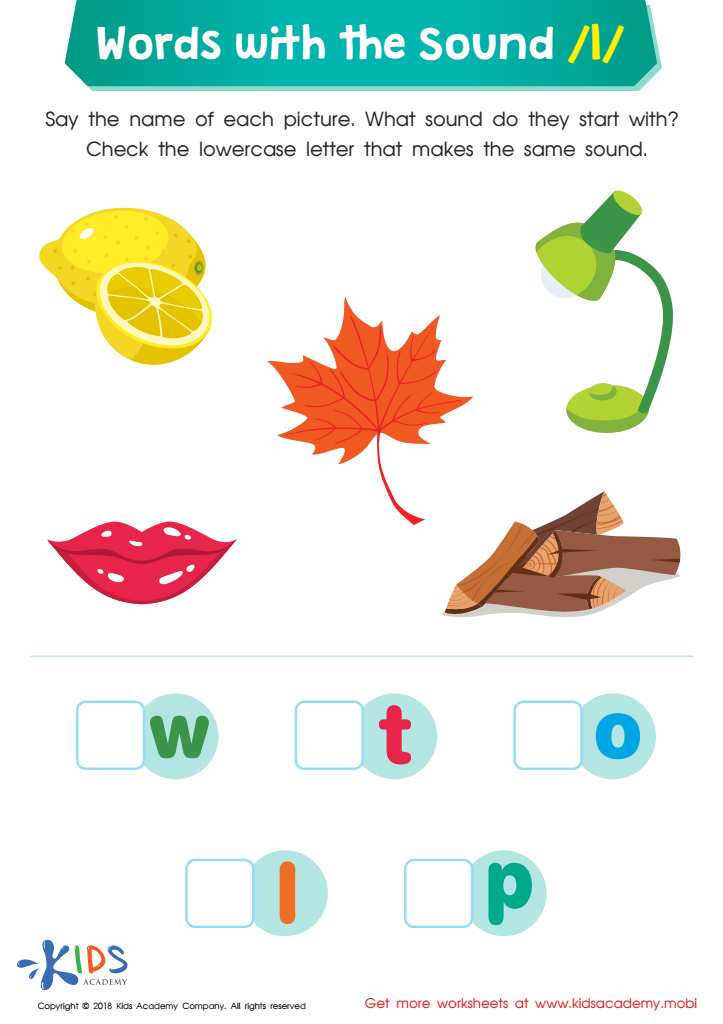

Words with Sound L Reading Worksheet


Where Is the Digraph? Worksheet
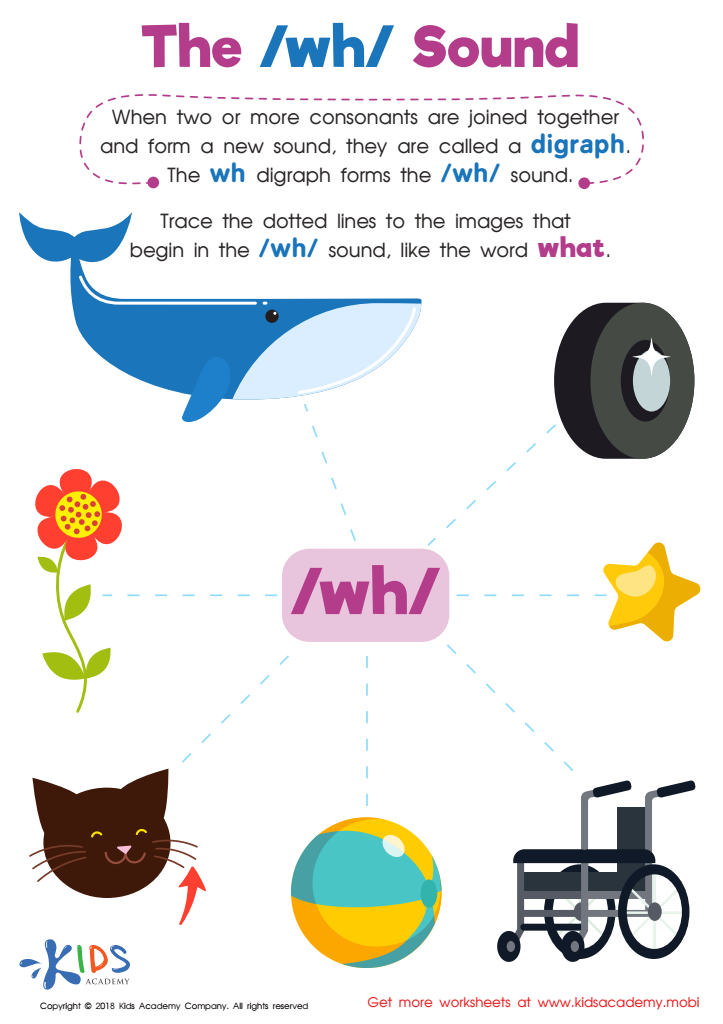

The /wh/ Sound Worksheet
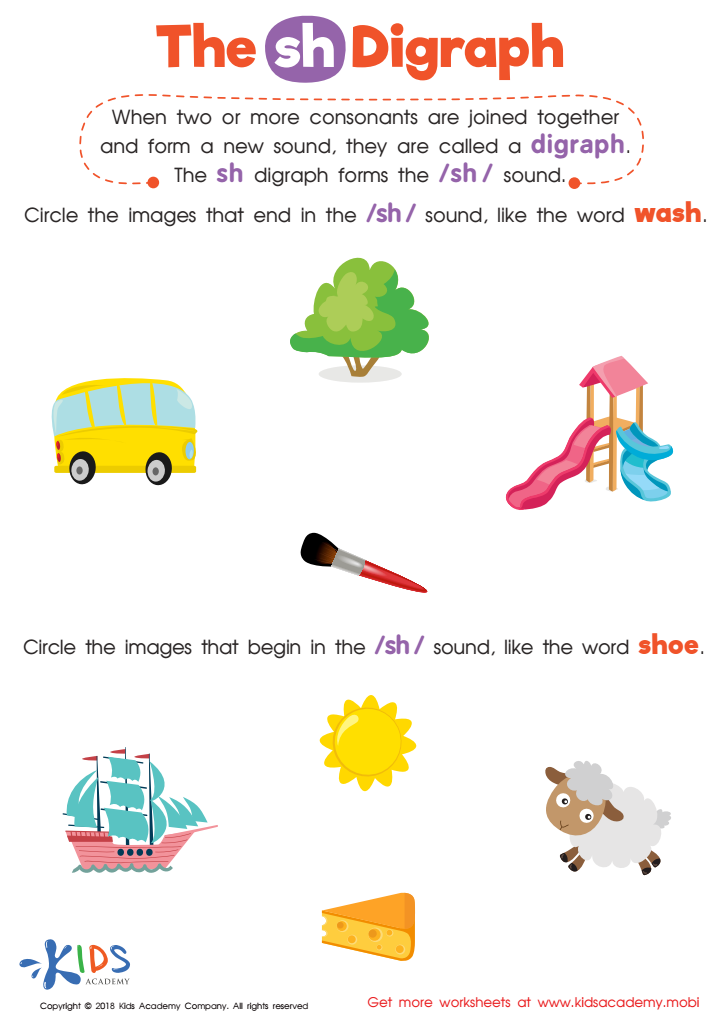

The SH Digraph Worksheet
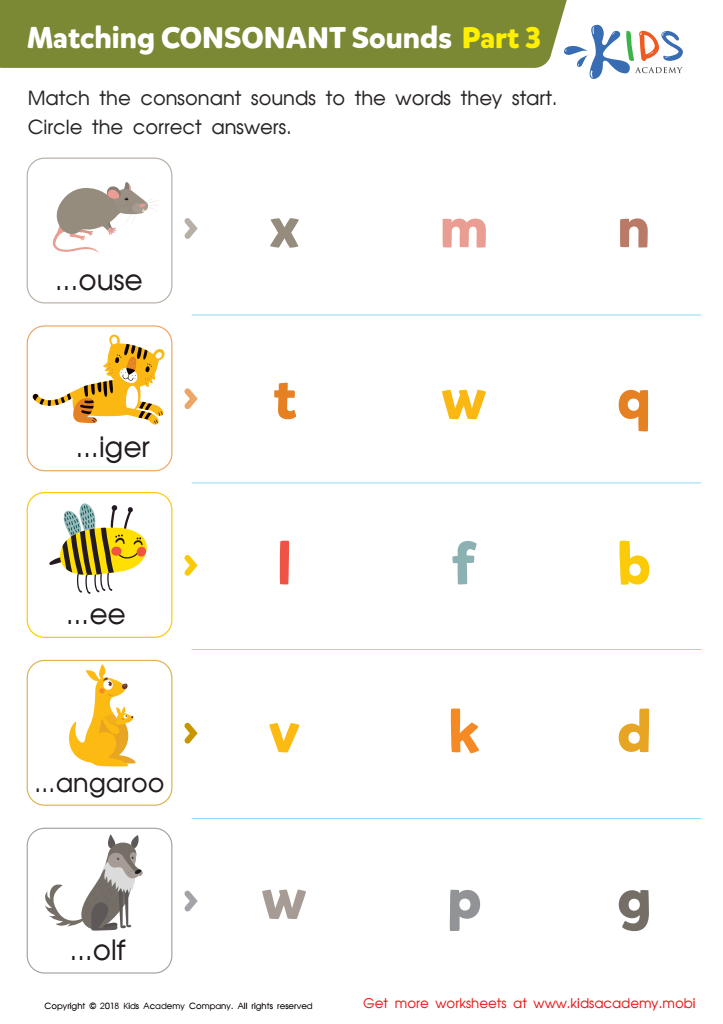

Matching Consonant Sounds: Part 3 Worksheet


Missing Digraph: Part 2 Worksheet
Consonants play an essential role in early literacy development for children aged 3 to 9. Mastering consonants is fundamental for phonemic awareness, which is the ability to hear, identify, and manipulate sounds in spoken language. Parents and teachers should care about consonants because they are building blocks for reading and writing. When children learn consonants, they can blend sounds to form words, leading to improved decoding skills and fluent reading.
In the early years, exposure to consonants through play, singing, and interactive activities fosters a love for language and literacy. It also boosts vocabulary acquisition, as children who grasp consonant sounds can better seem to differentiate between words. This understanding lays the groundwork for children to grasp more complex linguistic concepts later on.
Additionally, focusing on consonants can support children with language delays, helping them improve articulation and communication skills. Engaging in activities that emphasize consonant recognition can build confidence in young learners, making them more willing to participate in reading and writing tasks.
Ultimately, while focusing on consonants might seem simple, it establishes a solid foundation for future academic success and lifelong literacy skills. Therefore, it is crucial for parents and teachers to prioritize consonant recognition in their educational practices.
 Assign to My Students
Assign to My Students



